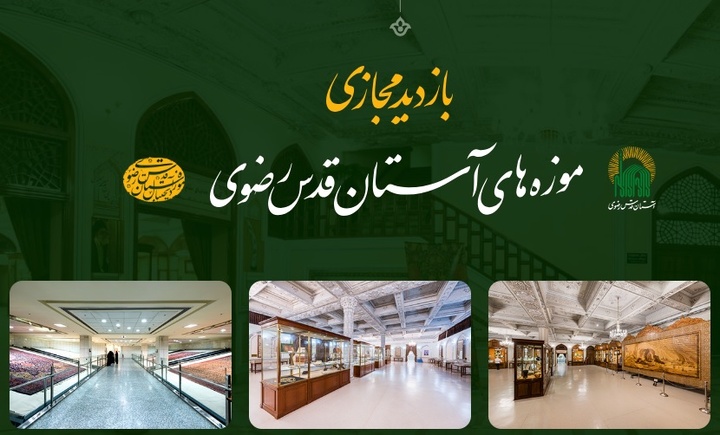AQR museum, one of the country's most visited, welcomes a large number of visitors every year.
The Planning and Virtual Space Department of the Organization of Libraries, Museums, and Documents Center of Astan Quds Razavi has leveraged the Digital Museum Department to offer new and diverse services to museum enthusiasts this year.
According to Mehdi Karimi, head of the Digital Museum Department, “The department operates in three areas namely Comprehensive Museum Information Base, Digital Museum Services, and Digitization of Works and Museums.
“Its primary mission is to provide access to catalog information and images of exhibits through a specialized museum database. Due to lack of a comprehensive museum software in the country, a temporary database was created, containing catalog information for over 150,000 museum objects”, he added.
Karimi highlighted the use of new technologies to serve visitors and familiarize them with modern museum technologies. “Smart visitor guidance, social media, a virtual tour system, a digital museum service desk, and virtual reality glasses are among the key services currently offered”.
The ‘Ganjkhaneh Razavi’ system, which provides smart museum guides, also allows visitors to have access to various contents about each exhibit via their smartphones in Persian, Arabic, and English.
The implementation of QR codes and touch screens as part of the smart museum guide system enhances the visitor experience by providing detailed information about the exhibits.
Social media platforms also play a crucial role in promoting the tangible and intangible heritage of AQR’s museum and the shrine, with content available on multiple local and international platforms.
As for digitization activities, they include high-quality photography, 3D scanning of exhibits, gigapixel imaging, 360-degree photography, and virtual tours. So far, 58,000 images of museum objects have been produced. The creation of 3D models and gigapixel images offers highly detailed views of the exhibits online.
Additionally, 360-degree photos and panoramic images provide a realistic display of both interior and exterior environments, enhancing the online museum experience for users.

The digital museum of Astan Quds Razavi (AQR) is digitizing the exhibits and display spaces of its museums, using the latest technologies to introduce the tangible and intangible heritage of Imam Reza shrine to audiences worldwide.
News Code 5537

Your Comment